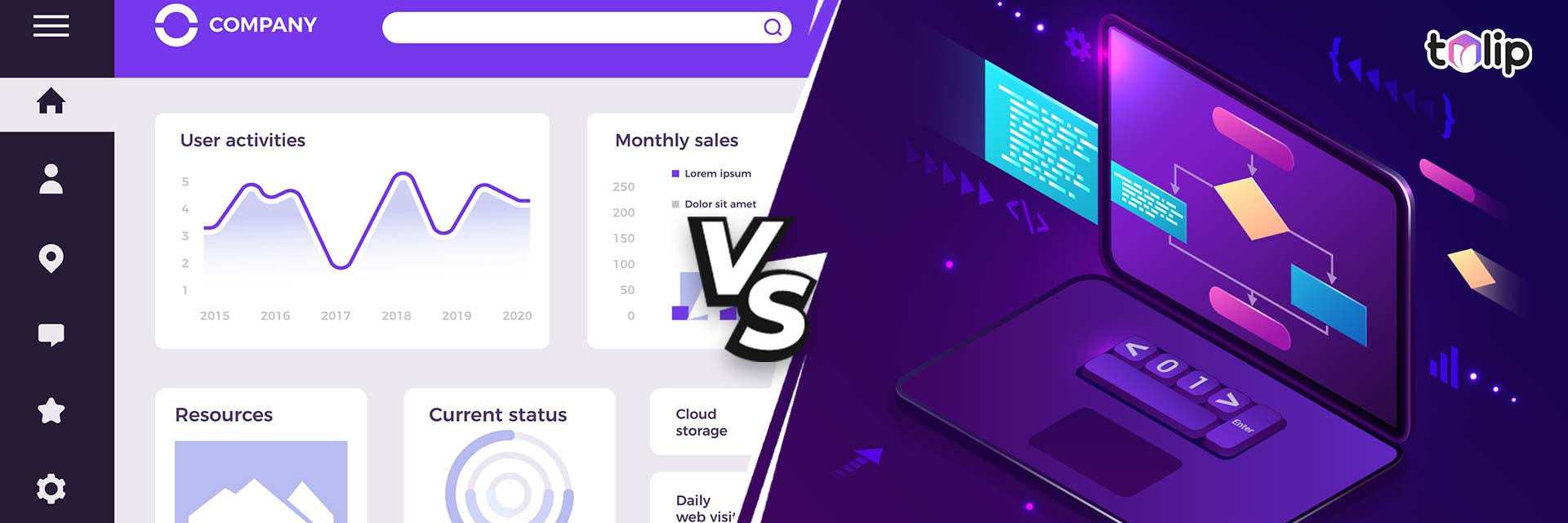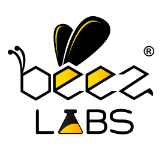Automation
Native Automation
Differences Between Native SAP Automation & UI-Based Solutions When Automating SAP Processes


- Table of Contents
- Introduction
- Native SAP Automation's Advantage
- The SAP Native Automation Edge
- Native SAP Automation's Aptitude
- Native SAP Automation's Shield
- The Power of SAP Native Automation
- Unlocking New Possibilities
- Conclusion
Introduction
In today's fast-paced business environment, automation has become the cornerstone of operational efficiency. When it comes to automating SAP processes, organizations are faced with a crucial decision between SAP native automation solutions and UI-based alternatives like Automation Anywhere or UiPath. In this blog post, we will delve into the remarkable capabilities of Native SAP automation and its distinct advantages over UI-based solutions. Through real-world examples and comprehensive insights, we will demonstrate how native SAP automation revolutionizes SAP processes, amplifying speed, accuracy, security, and reliability.
Unleashing Data Agility: Native SAP Automation's Advantage
- Retrieving Data from SAP Tables
- Data Processing & Transformation
In the realm of data extraction from SAP tables, native SAP automation solutions shine by harnessing SAP's robust APIs and directly querying the database. By bypassing screen scraping techniques and user action simulations, these solutions ensure expedited and precise data extraction. In contrast, UI-based alternatives are prone to UI layout changes and data structure modifications, relying on scraping data from the user interface, which can lead to errors and inconsistencies.
When it comes to data processing and transformation, native SAP automation solutions offer the advantage of robust functionality. With an integrated framework of native SAP automation that pulls in massive amounts of data from multiple sources and then processes it into meaningful insights, these solutions can quickly identify patterns and trends within a large database. In contrast, UI-based alternatives require user interaction for input and output, thus resulting in slow processing speeds. Furthermore, as manual input is prone to errors, data accuracy and precision can be compromised.
Accelerating Transaction Processing: The SAP Native Automation Edge
- Posting Transactions in SAP
When automating transactional processes such as creating purchase orders or posting financial entries in SAP, native SAP automation solutions take the lead. Leveraging SAP's APIs and transaction codes, these solutions seamlessly integrate with the SAP backend, enabling accurate and efficient transaction processing. UI-based solutions, however, rely on emulating user actions within the SAP GUI or web interfaces, resulting in a higher probability of errors and slower processing times due to navigation through screens and fields.
Streamlining Workflow Management: Native SAP Automation's Aptitude
- Monitoring SAP Workflows
- Advanced Desktop-less Automation
- Improved Error Handling
SAP workflows encompass intricate approval processes with multiple steps and decision points. Native SAP automation solutions empower organizations by directly tapping into the SAP workflow engine, extracting workflow information, and making intelligent decisions based on workflow statuses and specific conditions. This enables streamlined workflow management and intelligent automation. In contrast, UI-based solutions rely on screen scraping and manual interactions, leading to slower and less accurate results.
Modern native SAP automation solutions are taking a page from the playbook of DevOps and cloud computing, leveraging containerization technology to drive automation processes without the need for a desktop environment. This allows organizations to automate SAP processes across multiple systems in different user roles while reducing costs associated with desktop infrastructure and maintenance.
Native SAP automation solutions offer improved error-handling capabilities, enabling organizations to quickly detect errors in processes and resolve them before they cause any disruption or damage. This helps organizations reduce the risk associated with manual process execution, ensuring higher accuracy and performance. In contrast, error handling in UI-based automation solutions can be limited and prone to human errors.
Fortifying Security and Compliance: Native SAP Automation's Shield
- Integration with SAP Security and Authorization
- Data Masking for Regulatory Compliance
Security and authorization are paramount in SAP systems to safeguard sensitive data and ensure compliance. Native SAP automation solutions seamlessly integrate with SAP's security framework, inheriting user roles and authorizations, and performing actions within the defined security boundaries. This ensures that automation activities adhere to the same access controls and compliance requirements as manual user interactions. UI-based solutions, operating at the UI layer, face challenges in maintaining the same level of security as they lack direct access to SAP's robust security features.
Native SAP automation also offers the ability to mask certain sensitive data, such as customer information and financial figures, before storing it in a target system. This prevents unauthorized access and helps organizations comply with industry-specific regulations. UI-based solutions, on the other hand, lack this feature due to their limited scope of operations within the user interface.
Pioneering Transformation: Embracing the Power of SAP Native Automation
- Embracing Efficiency with Intelligent Automation
- Leveraging Native SAP Automation for Growth
The realm of enterprise automation demands solutions that deliver tangible benefits and keep pace with the ever-evolving business landscape. SAP native automation represents a paradigm shift, unlocking the true potential of SAP systems. With its ability to harness SAP's native capabilities, APIs, and deep integration, organizations can achieve unparalleled operational excellence. Faster process execution, enhanced data accuracy, streamlined workflows, and compliance with security standards are just the beginning.
In an era where every minute counts, businesses need automation solutions that not only meet their expectations but also propel them forward. SAP native automation empowers enterprises to streamline operations, optimize resource allocation, and fuel growth. By reducing manual efforts and eliminating errors, organizations can redirect their workforce to more strategic tasks, driving innovation, and achieving competitive advantages.
The Future of SAP Automation: Unlocking New Possibilities
As technology continues to advance, SAP native automation is poised to transform SAP processes further. With advancements in predictive analytics, native SAP automation solutions are expected to deliver more sophisticated capabilities. These include intelligent process discovery, self-learning bots, and predictive insights, enabling organizations to proactively identify process bottlenecks, make data-driven decisions, and drive continuous improvements.
Conclusion
In today's era of digital transformation, harnessing the power of automation is a strategic imperative for enterprises. Native SAP automation solutions provide a distinct advantage over UI-based alternatives when automating SAP processes. The ability to tap into SAP's native capabilities, leverage APIs, and ensure seamless integration with security and authorization frameworks sets native SAP automation apart.
By embracing SAP native automation, organizations can accelerate their journey towards efficiency, accuracy, security, and innovation, empowering them to thrive in the digital age. So, why settle for mediocrity when you can unlock the true potential of your SAP systems with native SAP automation solutions? It's time to seize the opportunity and drive your enterprise toward a future of unparalleled success.










